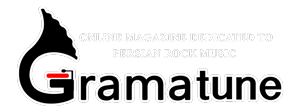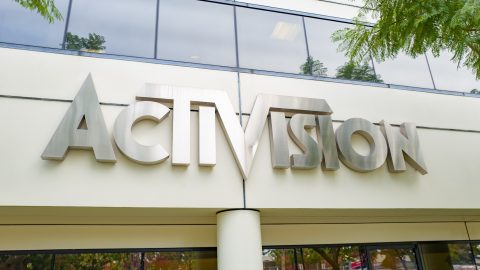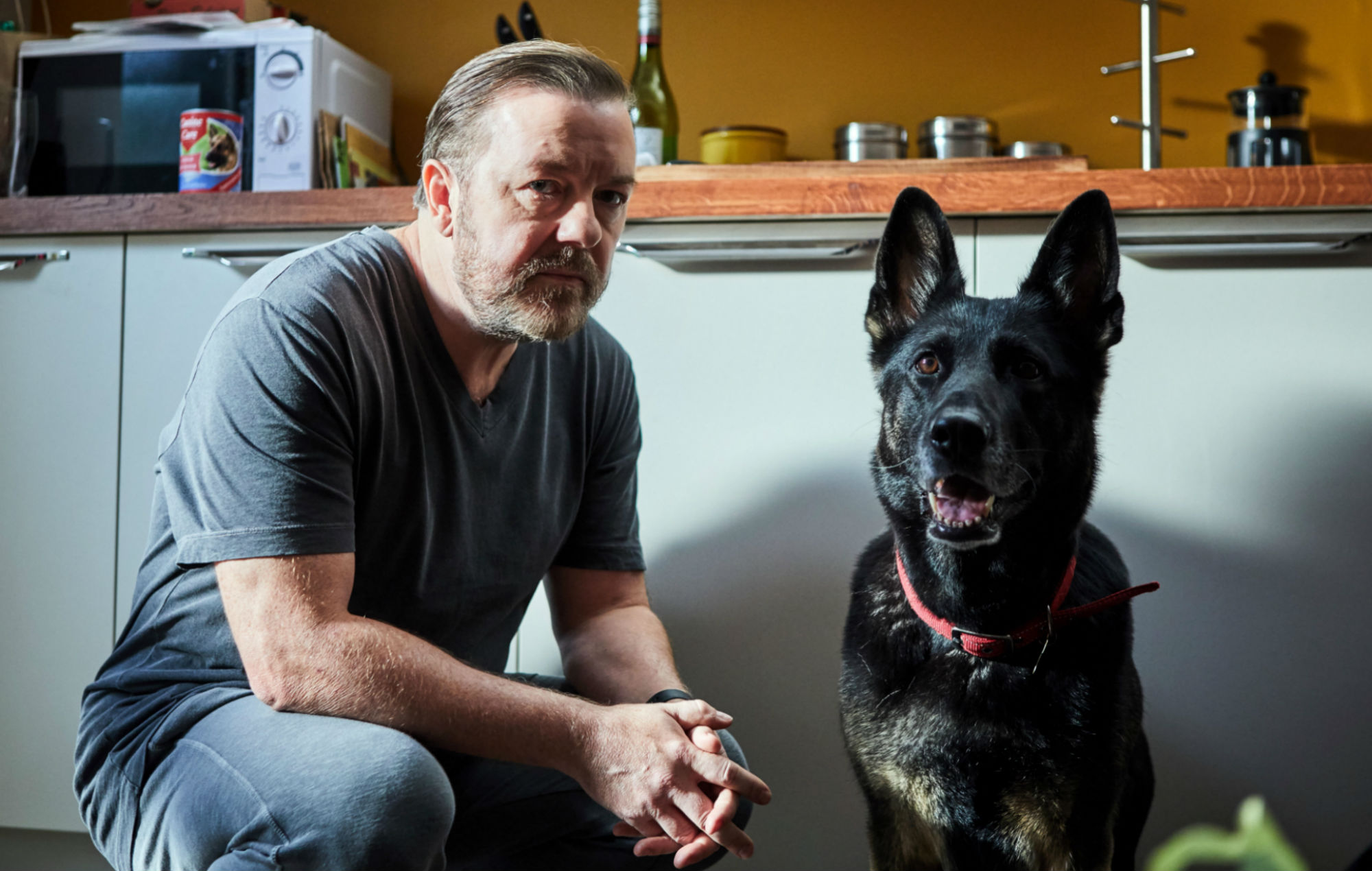According to 2016 and 2017 figures from the US Department of Health & Human Services, an estimated 130 people died every day in the US from opioid-related overdoses. In the music industry alone, the extent of the crisis is clear to see.
Multiple high-profile artists have died from accidental overdoses relating to opioids in recent years. The potent synthetic opiate fentanyl is believed to be a leading factor in the deaths of Prince and Tom Petty. The former died of an accidental fentanyl overdose, and it is believed that his prescription tablets were illegally cut with the substance. Petty died following an accidental overdose of unspecified painkillers: speaking to Rolling Stone, his family blamed fentanyl.
In 2017 Lil Peep died aged 21 following an accidental Xanax and fentanyl overdose and the following year Mac Miller died aged 26 – his cause of death was confirmed to be an accidental overdose of fentanyl, cocaine and alcohol. The pop star Demi Lovato almost died after taking Oxycodone cut with the substance. and last year, just days after his 21st birthday, Juice WRLD was killed by a fatal opioid overdose: the cause of death was determined to be prescription drugs oxycodone and codeine.
Amid what can only be described as a gravely serious public health crisis, several grassroots movements are beginning to build in momentum in the US, with harm reduction organisations now working on the frontlines of the music industry to save lives. Working with some of these organisations, a growing number of American artists and music venues are starting to carry Naloxone, a medication that can potentially save someone’s life in an emergency overdose situation.
“Naloxone is a drug that reverses the effects of opiate overdose, and by opiate I mean things like heroin, codeine, or oxycodone” says Rachel Britton, director of pharmacy at the UK-based organisation AddAction, who explains that Naloxone can also block the effects of fentanyl.
“It essentially blocks the opiate so it no longer has an effect in the body,” she continues. “If someone is overdosing after taking an opiate drug and you give them Naloxone, it would stop any respiratory depression. That’s where the breathing rate is reduced – which is one of the problems with opiates, and that’s generally what people die of. [Naloxone] stops that happening and brings them round.”

Naloxone is the medication which saved Demi Lovato’s life. In the US, analysis has found that in states where the drug is easily available, the number of fatal overdoses has reduced significantly.
Training somebody with no medical experience in safely administering Naloxone in its various forms can take under 10 minutes, Britton says. Here in the UK, it’s most commonly available as a bright yellow injectable kit with Naloxone pre-loaded into a syringe (this is called Prenoxad) and a nasal spray (Nyxoid). The drug also has a fairly unique legal status in the UK: anyone – not just medical professionals – can administer it to save a life. Though the drug is prescription only, Naloxone can be distributed without a prescription by certain specialist services.
“Drug services like AddAction can give naloxone to pretty much anyone who might come into contact with someone in an overdose situation,” Britton says.
AddAction is currently running a peer-to-peer pilot in the UK to further increase the availability of the medication. The trial, which started last year, uses a model of distribution where ‘peers’ (people with lived experience of drug issues) proactively distribute Naloxone on the street, and train people in how to administer it correctly.
“I’ve been quoted as saying we should be handing it out on street corners,” Britton says. “That’s a bit flippant because there is a bit more to it than that, but the more Naloxone there is out there, the more likely it is that someone will be near a kit when they need to be.”
In most US states, meanwhile, Naloxone is marketed as a nasal spray with the brand name Narcan – depending on the state, it can often be bought over the counter without a prescription. The US organisation Harm Prevention Coalition has been working to equip US bands and music venues with the medication. The idea first came about when the coalition’s Kacey Byczek noticed musicians speaking about naloxone on their social media channels.
“I am a huge fan of [the US indie band] Speedy Ortiz and noticed [lead singer] Sadie Dupuis mentioning Naloxone a lot on her social media channels,” she explains. “We did Naloxone distribution at one of their New York shows in June 2019, and through that connected with other artists and venues. At the same time our Oakland office was starting to partner with bars and venues in San Francisco to make sure their staff were carrying naloxone.”
Dupuis first started carrying Naloxone when she discovered she could get it for free on her medical insurance. The laws vary from state to state, but in Philadelphia, where she lives, it’s readily available at no cost.
“I have lost a number of friends to overdose,” she says. “It just seemed to escalate tremendously in the past few years to the point where this time last year, I had already had three friends overdose. For a long time I had intended to carry Narcan, but it was really expensive to get your hands on it. But then I looked up how much it would be to pick it up in Philly with my insurance, and it was free, so I got some from my local pharmacy.”
She began posting on social media about her discovery, and encouraged friends to follow her lead. This led her to team up with the Harm Reduction Coalition to ensure her band had the medication at their shows: “On a couple of occasions we were able to have harm reduction organisations come table at our shows and distribute, depending on the state. We’ve had that in Chicago, Pennsylvania and New York”

Dupuis makes a point of speaking about the work of the Harm Reduction Coalition on stage: “After shows I would have really great conversations with people who were years into recovery, or people who had family members or friends who struggled with addiction who didn’t really know about Narcan or harm reduction at all. It was great to have those conversations.”
The cost to people without medical insurance can be prohibitive, and the Harm Prevention Coalition hopes that collaborations with bands such as Speedy Ortiz will make naloxone more accessible. There is also the issuer of stigma around drug use in general.
“It’s important for everyone to talk frankly about substance use and harm reduction strategies like carrying naloxone to de-stigmatise it,” Byczek explains, “and to make people aware that these things exist. Musicians and other public personas can have enormous influence over their fans, and could possibly be exposing people to the concept of naloxone – or even the concept that using drugs doesn’t make someone a bad person – for the first time.”
Byczek emphasises importance of detoxifying the idea of what a ‘drug user’ is: “[Peop;e] maybe don’t think about the fact that, no matter who you are, there’s someone in your life using drugs who would benefit from having this emergency medication being on hand just in case. It’s important to let people know that resources are available. They’re not alone in wanting help, or needing help.”
The unique pressures of life as a touring musician, Byczek acknowledges, contributes to the issue: “It’s an important conversation for touring musicians and venues that host them to have amongst themselves because substance use is really prevalent among musicians. It makes sense – touring can be physically and emotionally taxing, and drugs like opioids can help treat that pain. It can also be tiring, and stimulants like cocaine and meth can help folks to stay awake.
“Also, drugs are often social and fun. There are a million and one reasons why people might use. It’s important that folks are able to look out for each other and keep one another safe if they or their friends or bandmates are using.”
And, beyond the music world, she says, “I have seen and responded to overdoses on trains and buses, when walking my dog down my street, and at bars.” The message is clear: “You don’t need to know – or know that you know – people who use drugs personally to witness and respond to an overdose – everyone should carry Naloxone.”

Prescription rates for legal opioids in the US are around 40 per cent higher than those of other developed countries such as Canada and Germany. Often prescribed for pain management or following surgery, they’re potent and addictive. According to the National Survey on Drug Use and Health in the US, 11.4 million Americans misused prescription opioids in 2016, and six per cent of patients report continuing to take painkillers after their treatment finishes.
On the streets, meanwhile, numerous other drugs in the US have been found to be cut with fentanyl, which is 50 to 100 times more potent than morphine.
“Some people may “not realise they’ve taken opioids at all,” says Byczek. “Fentanyl has been found in pills sold as benzodiazepines, street cocaine, and crystal meth.” Even a small dose can be fatal. It’s not clear exactly how the substance is ending up in so many other drugs, but accidental cross-contamination by dealers is one theory. It’s also possible that fentanyl is deliberately cut with other, more expensive drugs because of its lower cost.
The US-based organisation DanceSafe is focused on harm reduction in clubbing communities, and is working to inform drug users about exactly what their drugs contain. The non-profit provides party-goers with unbiased information about drugs and sex, dishing out free earplugs, water, electrolytes and safe-sex products. They also provide MDMA testing where event organisers allow it. The aim is to let clubbers know exactly what their drugs contain – and to catch dangerous batches that are cut with harmful adulterants.
According to Kristin Karas, director of operations at DanceSafe, it’s not practical to simply sweeping the issue of drug-use under the carpet. “’Just say no’” – aka abstinence-only messaging – has never worked,” she explains. ”It does not work in sex education and it does not work in drug education. There will always be people who still choose to use drugs.”
Instead, it’s important to open up a transparent conversation, with a focus on education. “Avoiding the discussion does not prevent drug use from taking place,” Karas continues. “Rather, not talking about it increases risks, because people will not have all the information that they need to engage in their own risk assessment and make informed decisions.

She is similarly dismissive of scare tactics, which have been used in previous campaigns to warn people off drugs: “It does not take people long to figure out when they have been lied to about substances. This undermines the trust between people who use drugs and those that are providing the drug information.”
DanceSafe also believes that the US government needs to take further action in terms of how it approaches policy-making. “We believe that the government must start grounding policy in public health, science, compassion and human rights – such as decriminalising all drugs and removing barriers to syringe access and supervised use sites,” Karas says. “We also believe they should be allocating funds towards harm reduction services such as syringe access, Naloxone training and distribution and supervised use sites.”
The Harm Reduction Coalition is in agreement that the US government’s current response is inadequate. “There’s so much that I think the government could be doing but isn’t,” Byczek says. “First, I think it’s necessary to admit that the War on Drugs was and continues to be racist, and is primarily a war on Black and Brown people and poor people. The government needs to respond to the current overdose crisis as a public health issue rather than a criminal legal issue.”
Certain critics of the drive to make more people aware of naloxone argue that the antidote is simply a temporary band-aid for a much larger problem. While it’s obviously true that musicians and venues won’t solve the dominance of big pharma in the US by carrying Naloxone – nor stem the supply of street drugs cut with fentanyl – Byczek makes a pertinent point.

“One of my favourite harm reduction organisations, Iowa Harm Reduction Coalition, sells a shirt that reads, ‘Dead Drug Users Don’t Recover’,” she says. “And that’s the truth. No, Naloxone doesn’t cure dependence or addiction, but it does temporarily block opioid receptors in people’s brains if they’ve taken too much, which allows them to begin breathing again and survive the overdose.
She stresses that all of this is about giving someone the chance to live: “Recovery is a process, and one that is unique to each person who seeks it. Whether people use drugs or not, and whether they ever plan on seeking recovery or not, all human life has worth. All humans are worthy of being given every opportunity that they can to survive.”
The post “All human life has worth”: meet the organisations battling music’s opiate crisis appeared first on NME Music News, Reviews, Videos, Galleries, Tickets and Blogs | NME.COM.






